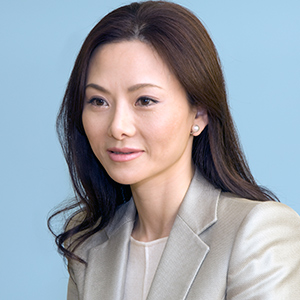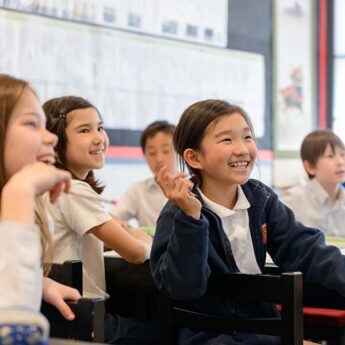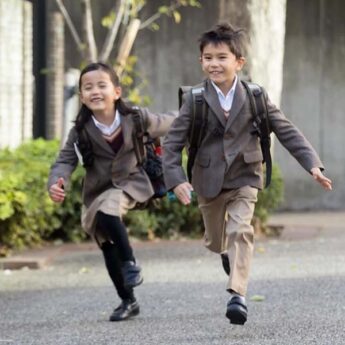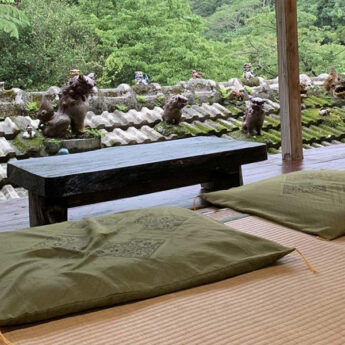
Kumiko Nakamura, founder/director
“Meeting and learning from different people is crucial to becoming open-minded”, explains Kumiko Nakamura, founder and director of Sakura International School. With prominent neuroscientist Ken Mogi as an advisor, KIA’s Curriculum Lab takes this idea to heart. Founded in 2001, KIA comprises Sakura International School (SIS) and Kansai International School, and has 16 years of experience offering an English–Japanese bilingual education. The schools are staffed by an international team, and each class is headed by not one but two instructors: one teacher from abroad and one Japanese teacher who is fluent in English.
A bilingual education is at the core of KIA’s philosophy. English is the main language in the early learning and kindergarten classes, and Japanese instruction is also provided. From elementary school onward, 50% of classroom communication is in Japanese.
Three Tokyo wards are home to SIS campuses: Bunkyo, Chiyoda and Minato. These campuses currently cater to students through the end of kindergarten, and each classroom is equipped with a library corner and an iPad. Daily visits to nearby parks, gym classes taught by specialist physical education teachers, a multimedia room for enhanced learning and extracurricular activities such as violin, piano or French and Chinese language studies round out the Tokyo campuses’ offerings.
Culturally, the schools take advantage of the 20 nationalities represented on staff to share special holidays such as Thanksgiving, Halloween and Tanabata, as well as cultural traditions such as mochi (rice cake) pounding.
Communication with the families of students is a priority, and teachers maintain daily contact with parents.
Being bilingual offers many benefits—cognitive, academic, economic—and raising children in Japan offers the perfect opportunity to give them a bilingual advantage.
SIS students will be well on their way to becoming the open-minded, internationally attuned leaders of tomorrow.






